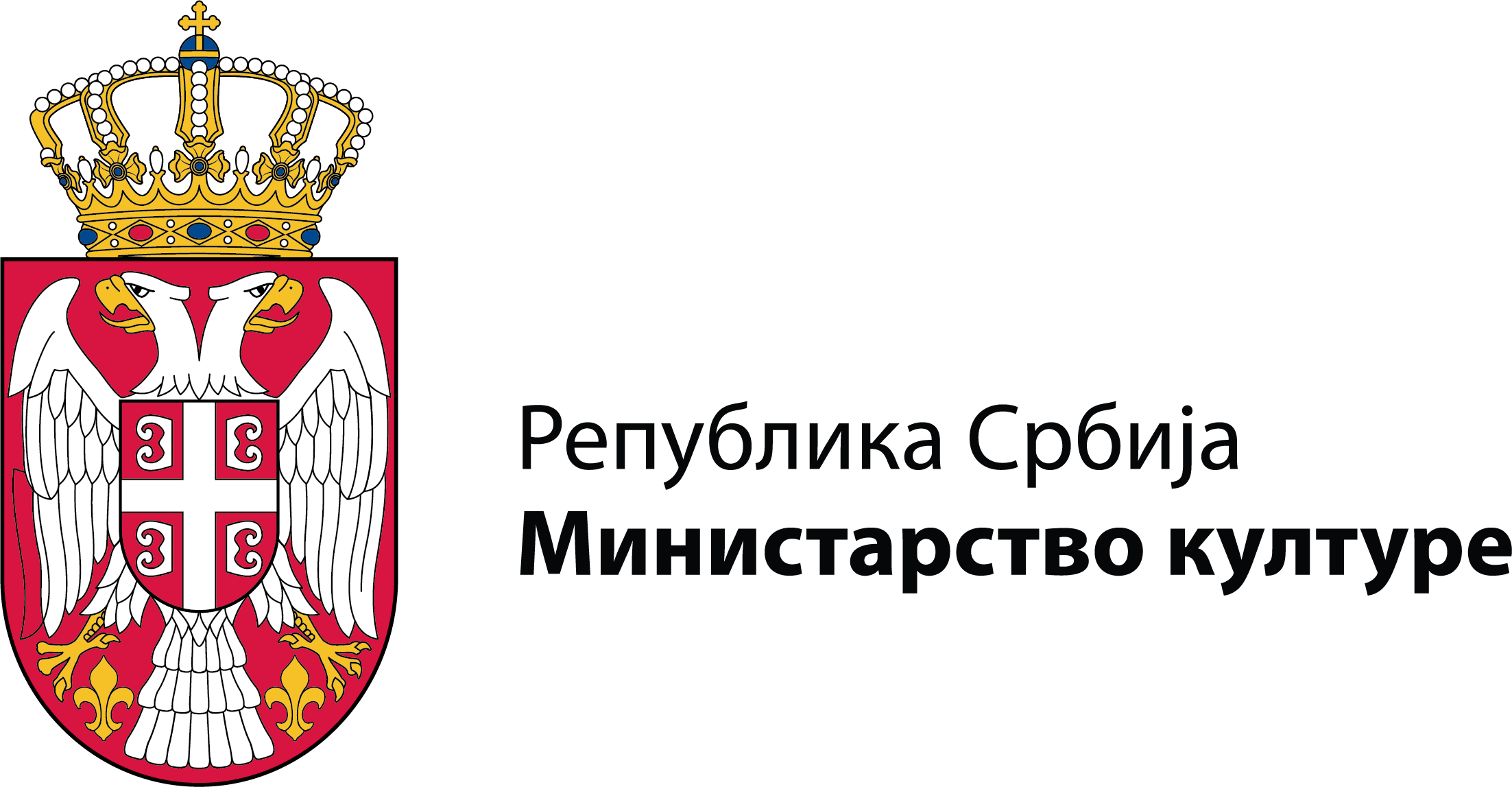Workshops for Children and Youth
"Child and Tradition" is an educational project of the Ethnographic Museum that began in 2003. It is intended for children and young people with the aim of introducing them to Serbian culture as a part of the world’s cultural heritage.
Why?
To present the museum as an engaging place for children and youth.
To take the first step toward understanding tradition.
To highlight the importance of preserving cultural heritage.
To take the first step toward understanding tradition.
To highlight the importance of preserving cultural heritage.
How?
Through an approach that moves from the familiar to the unfamiliar, and by connecting the past with the present.
By finding appropriate ways to spark children’s interests.
By aligning the content with the school curriculum and coordinating with subjects such as: nature and society, Serbian language, mathematics, history, chemistry, folk tradition, music, and visual arts.
By finding appropriate ways to spark children’s interests.
By aligning the content with the school curriculum and coordinating with subjects such as: nature and society, Serbian language, mathematics, history, chemistry, folk tradition, music, and visual arts.
When?
All year round.
Where?
Ethnographic Museum, Children’s Corner.

